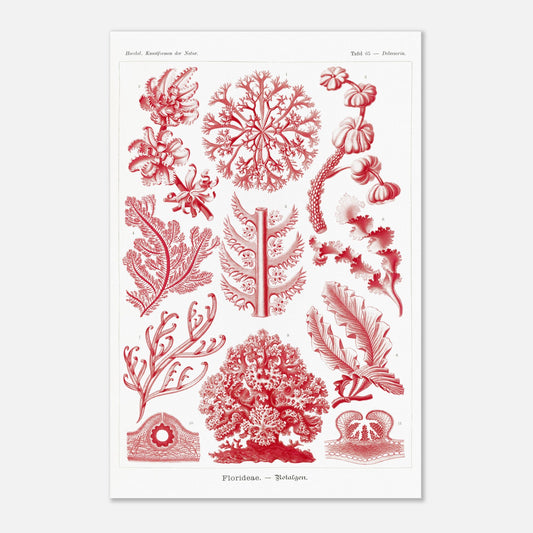Red algae - Naturalist engraving - Ernst Haeckel, Kunstformen der Natur
Red algae - Naturalist engraving - Ernst Haeckel, Kunstformen der Natur
Couldn't load pickup availability
Reproduction engraving of: Red algae
Original title Floridaae - Rotalgen
Poster of Delesseria - Algae of the class Red Algae or Rhodophyta
Illustration from the book Kunstformen der Natur, which is a collection of artistic lithographs of natural sciences published by the German biologist Ernst Haeckel between 1899 and 1904.
This naturalistic illustration is part of an overall style inspired by Ernst Haeckel, which greatly influenced the emerging Art Nouveau movement at the beginning of the 20th century. This work, illustrating the impressive beauty and great diversity of the biological world, was complemented by a certain amount of scientific information, some excerpts of which are reproduced below.
This information is over 120 years old and some of it may be outdated!
Scientific classification:
Phylum Algae Class Florideophyceae (Florideae or Rhodophyceae)
Scientific notice (extract) accompanying the poster print of Florideae - Red algae :
Red algae, also called "Rhodophytes," are strikingly distinguished both by their beautiful red color over the entire plant body and by their varied and delicate form of "thalli." Most species of this large class inhabit the sea, with very few occurring in fresh waters. Although the vegetative body or thallus of these algae is not yet differentiated into stem and leaves as in higher plants (mosses, ferns, and flowering plants), many species strikingly mimic the external forms of the latter in their mode of growth and branching. However, the internal structure of the tissue is much simpler than in higher plants. Although the multicellular tissue can be differentiated into pith and cortex (see Figs. 10, 11), it does not yet form "vessels." The striking red color of the entire thallus shows the most varied shades and tones in the numerous species of red algae. In most Florideae, the color of the thallus varies from carmine to purple and violet, or even reddish-brown; in other species, it can tend towards orange or orange-yellow, sometimes even towards green or bluish tints of these colors. The cause of this red coloration is a specific pigment called phycoerythrin (also known as phodophyll or erythrophyll). This pigment covers the chloroplasts, usually round or disc-shaped, containing green chlorophyll granules, which are present in the cells as in most plants. However, the green color of the latter is completely masked by the red of Florideae; it becomes visible when the algae are soaked in fresh water for an extended period, which dissolves the red. Florideae are also distinguished by particular modalities of reproduction, with a regular generation cycle similar to that of mosses and ferns. The sexual generation (gametophyte) produces egg cells fertilized by special sperm cells (spermatozoa) which are not, as in other algae, motile flagellated cells, but simple naked round cells. After fertilization and fusion of their nuclei, a characteristic vesicle develops from the fertilized egg cell (oistocarp, see Figs. 10, 11). This asexual generation (sporophyte) produces numerous spore mother cells, each usually giving rise to four spores (tetrasporangia). Each spore will then give rise to a new gametophyte.
Species present on the naturalist board of Red algae - Delesseria :
- Chondrus crispus
- Amansia glomerata
- Constantinea rosamarina
- Ptilota serrata
- Ptilota densa
- Rissonella verruculosa
- Delesseria involves
- Delesseria sanguinea
- Nemastoma cervicorne
- Solieria chordalis
- Binderella neglecta
About this print
About this print
The layout and composition of this reproduction have been the subject of our greatest attention.
- Respect for the format of the original work: in order to faithfully transcribe the artist's intention, the work is not cropped/re-cut except in extreme cases (obvious imperfection, geometry problem, etc.) in which case the cropping will be as light as possible.
- The presence of white margins is sometimes necessary in order to present the work in a balanced manner.
- Each size offered has been specifically composed, therefore, the size of the white margins may vary from one print size to another. Remember to check this detail carefully!
- Print only, frame not included!
Features
Features
- Premium 200gsm matte white paper, durable and strong.
- Natural, smooth uncoated finish, silky to the touch
- FSC certified paper or equivalent certifications depending on regional availability.
- Each print is shipped in sturdy packaging, ensuring safe transport.
- Each print is printed and shipped on demand. No minimum order quantity is required.
Share !
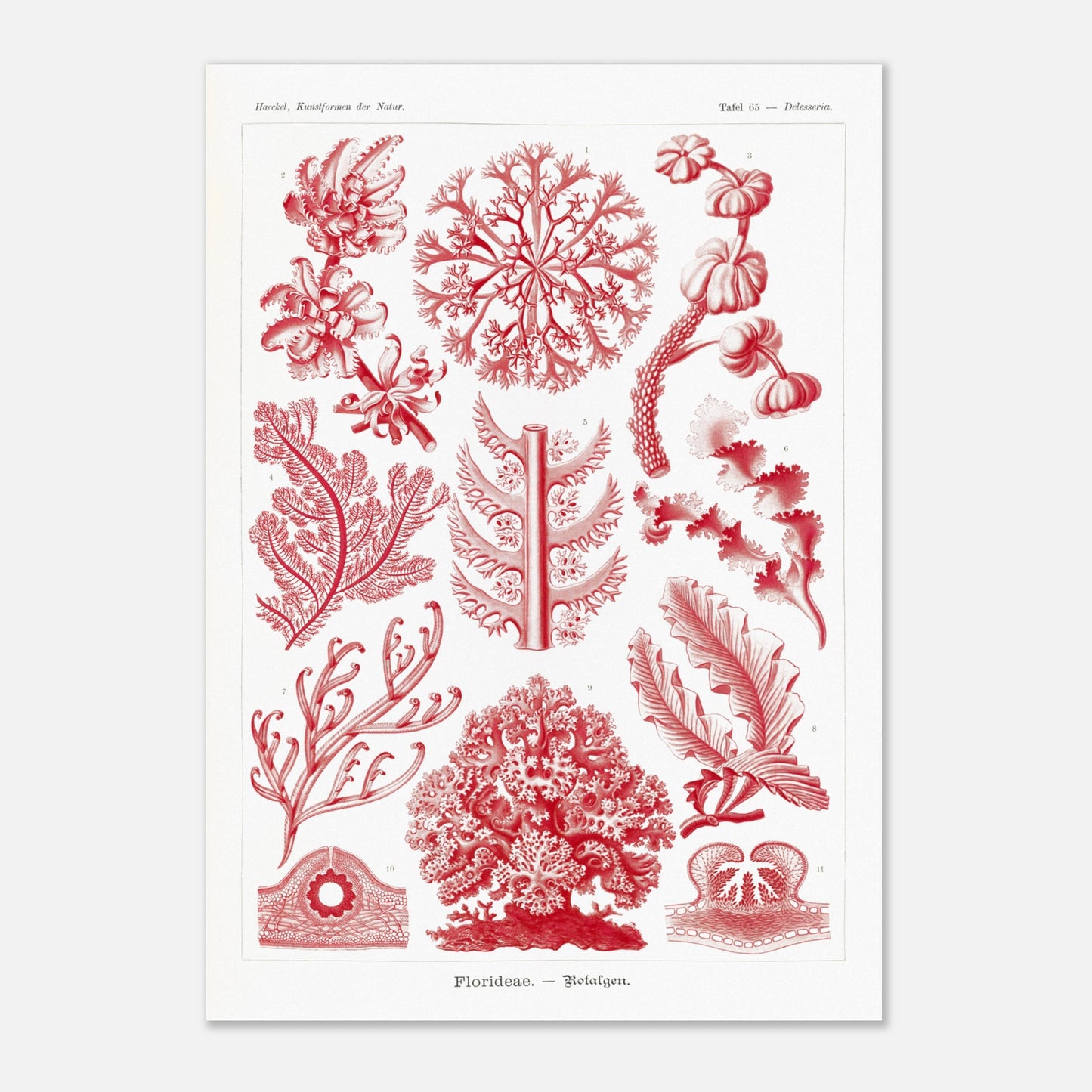
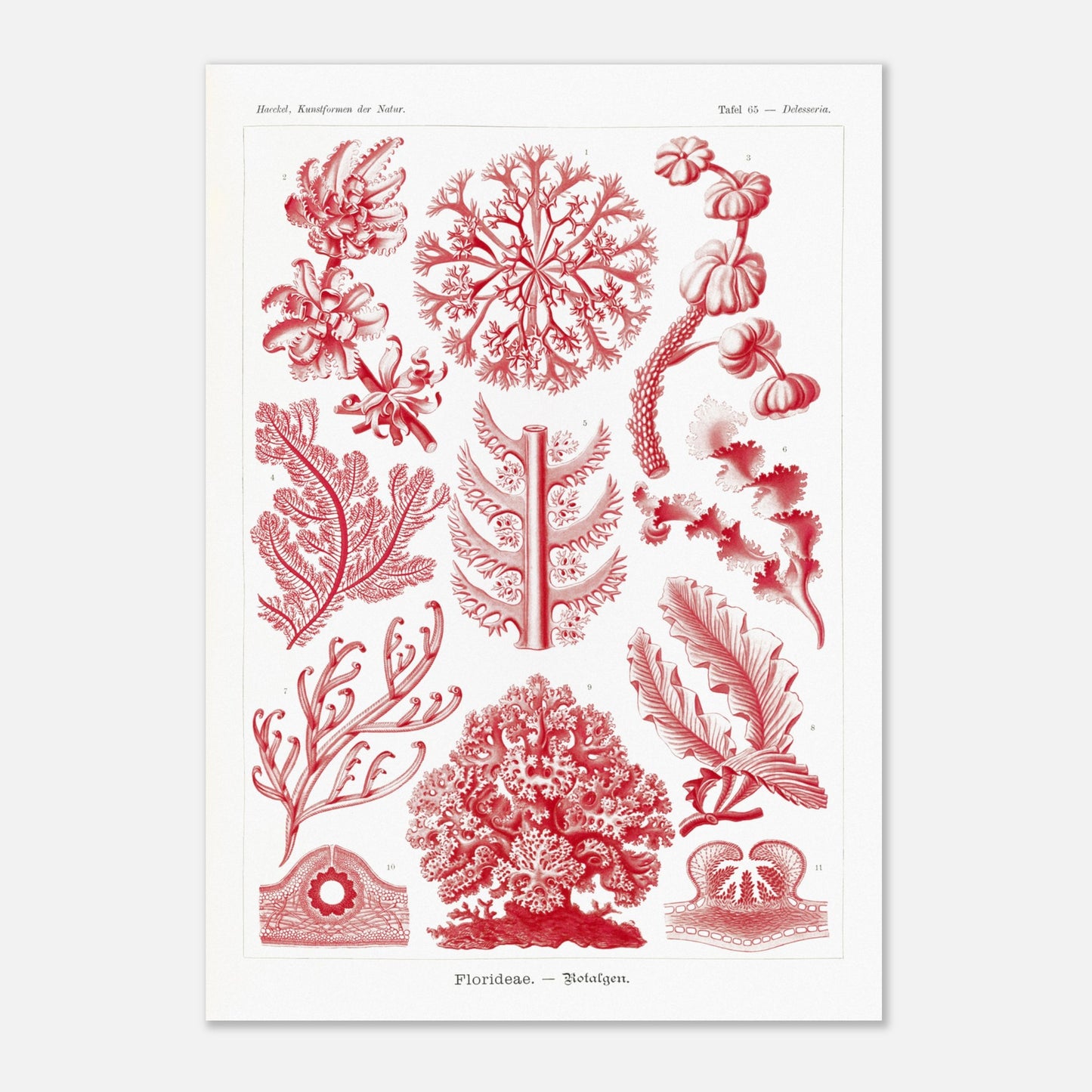
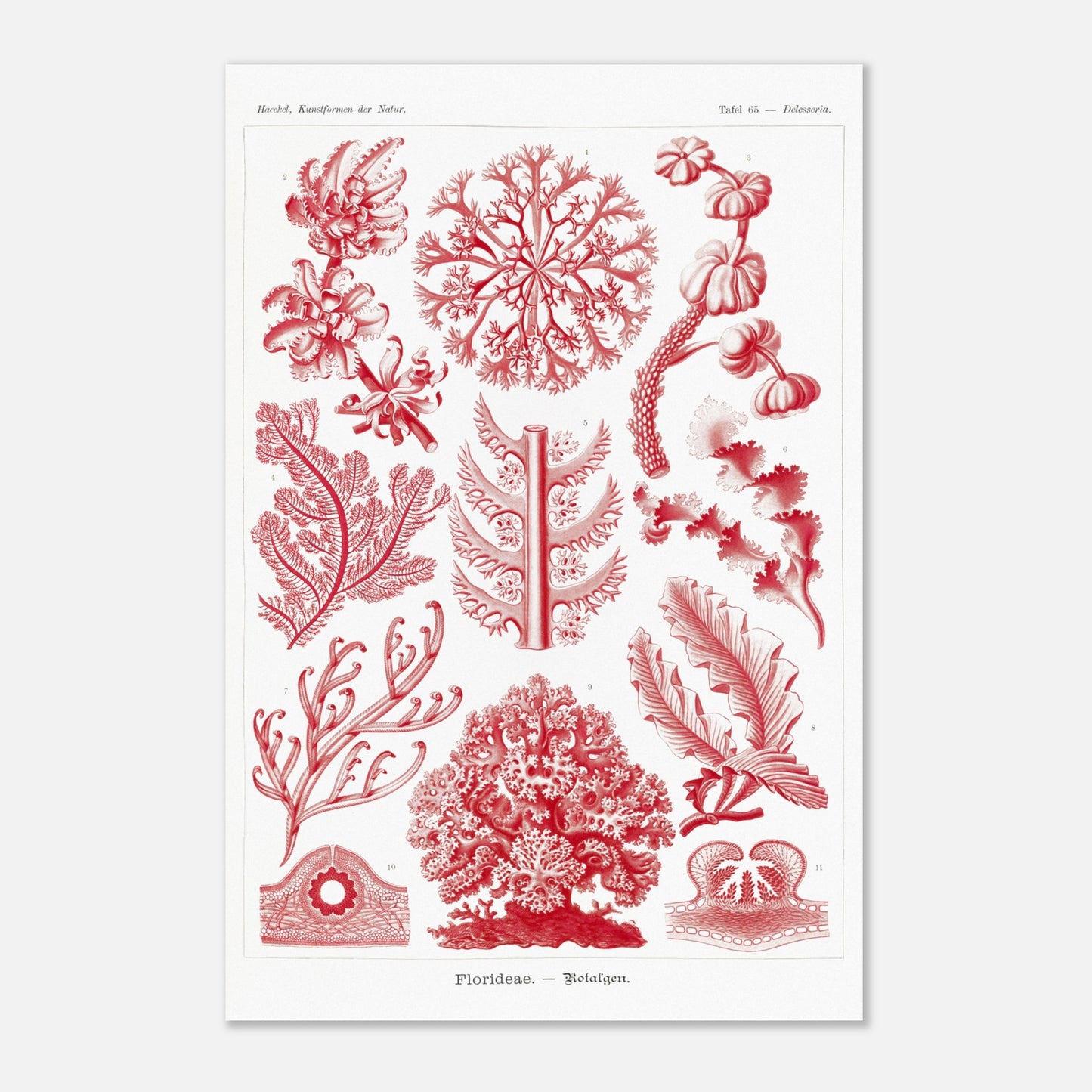
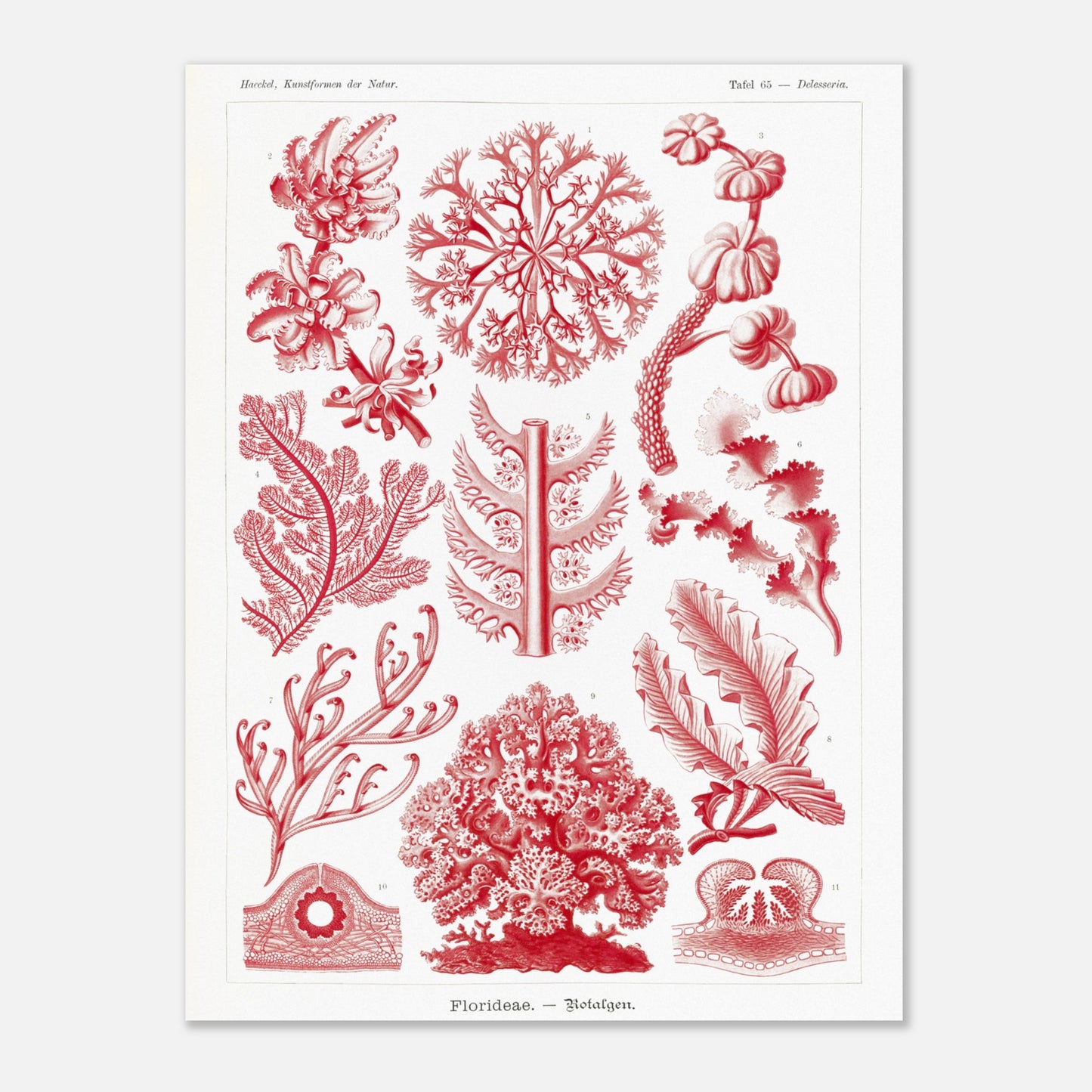
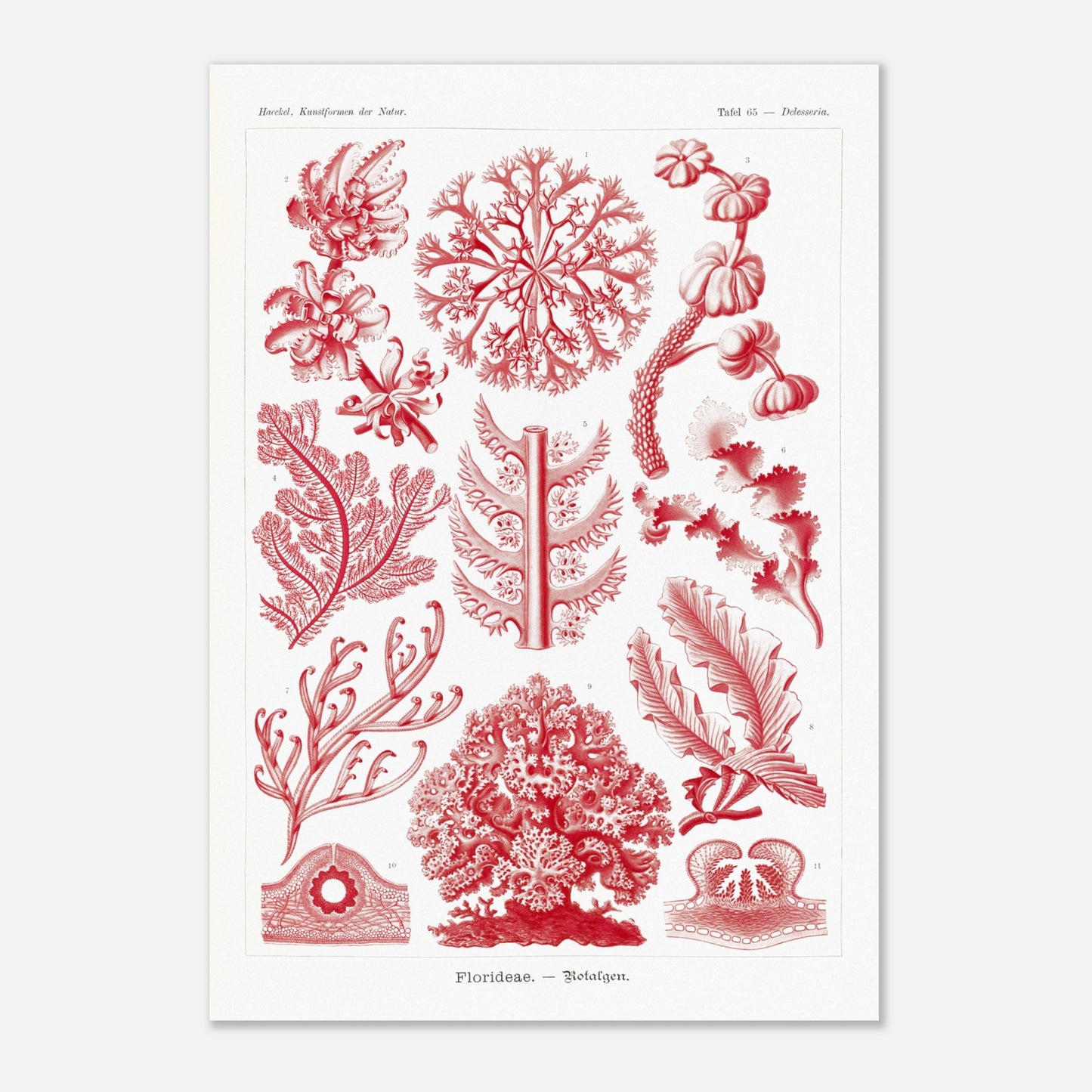
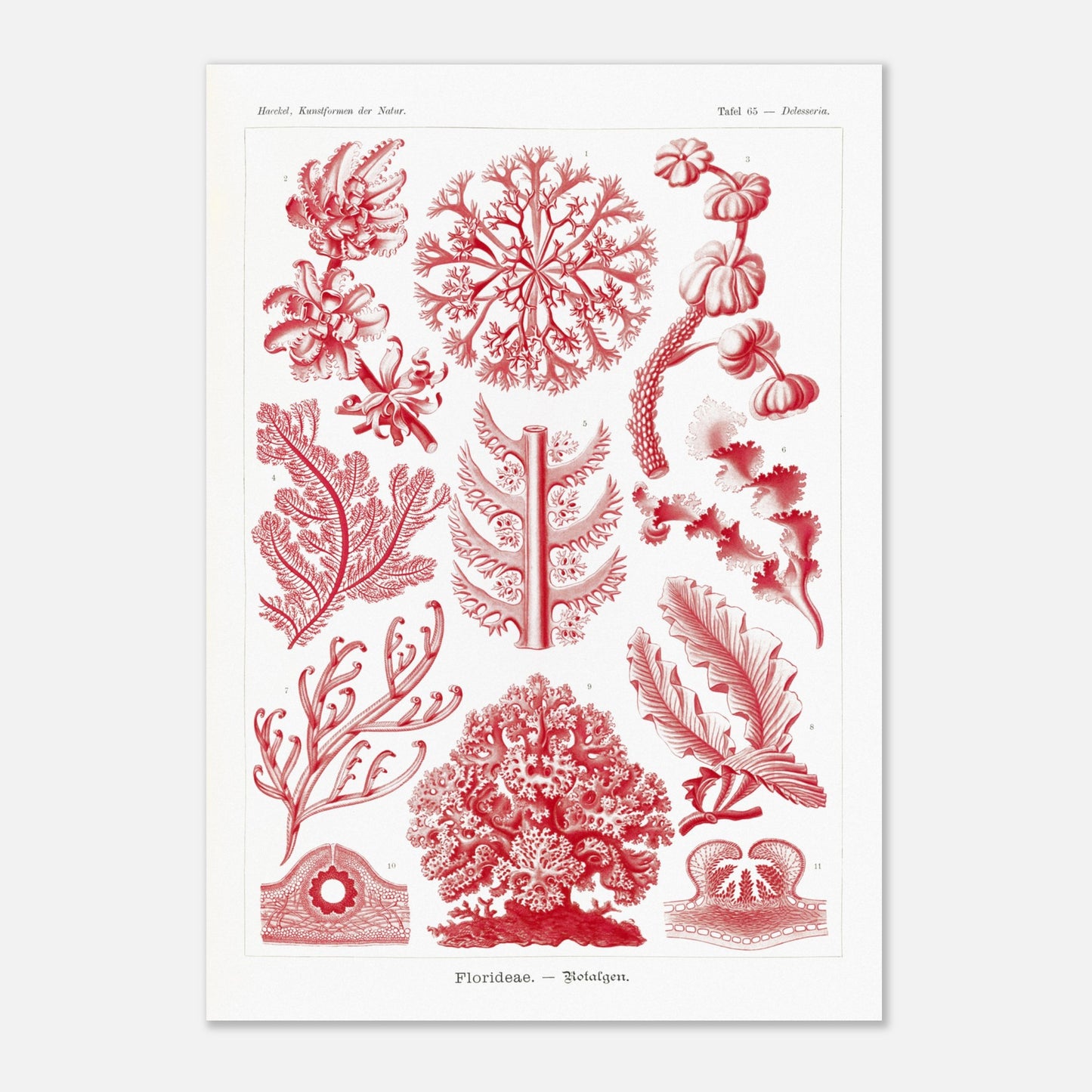
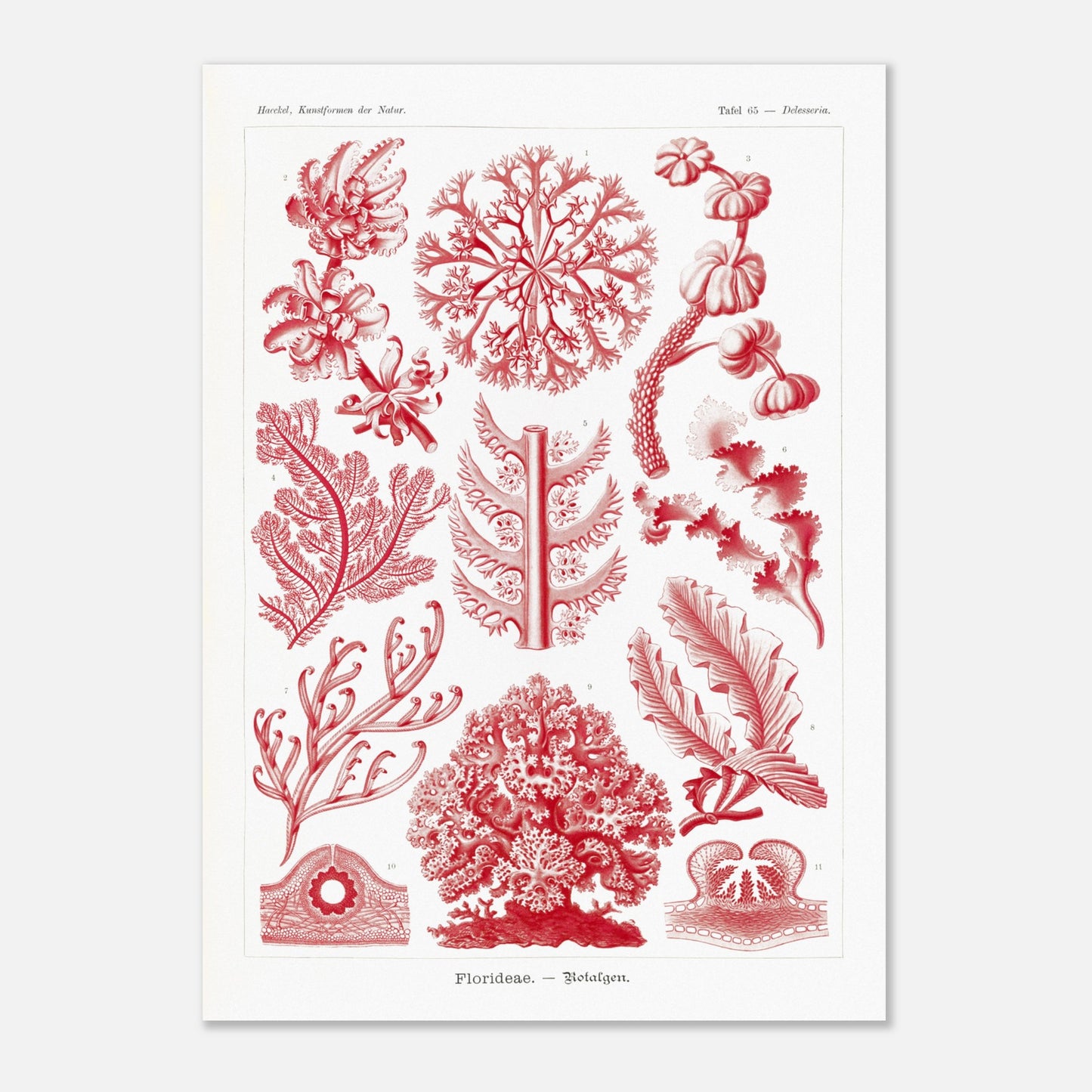

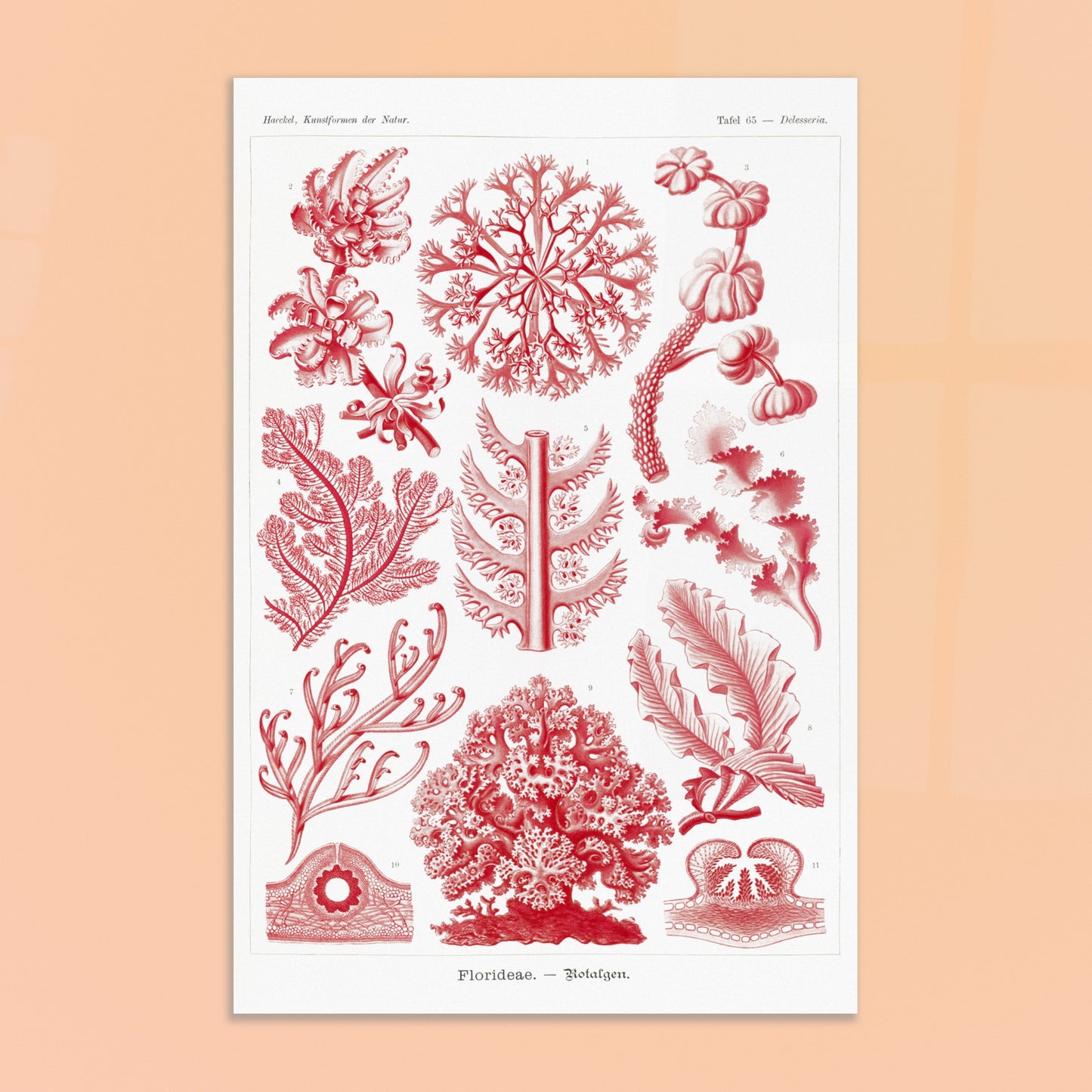
Recently viewed products
We are listening to you
If you are looking for a specific composition, a particular layout, or any other customization need, our team is at your disposal and will do everything possible to meet your requests.
So don't hesitate to...




